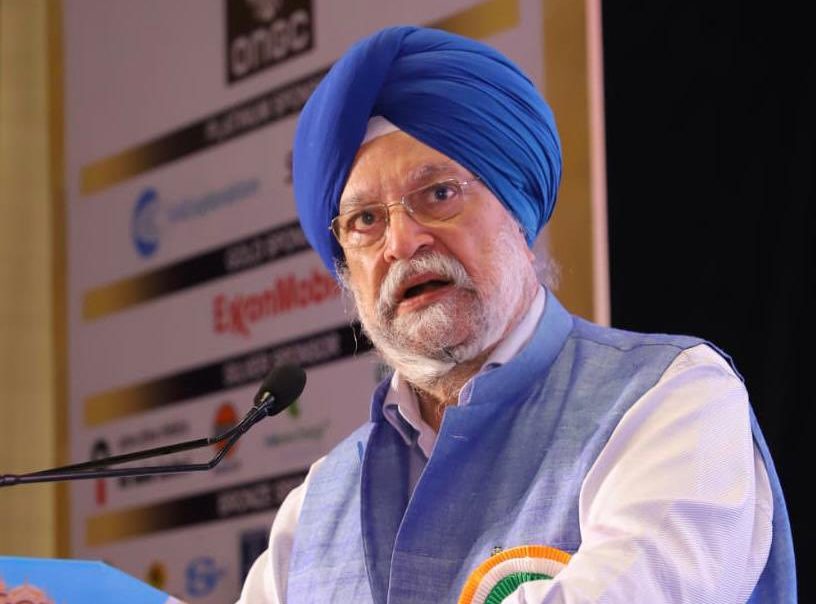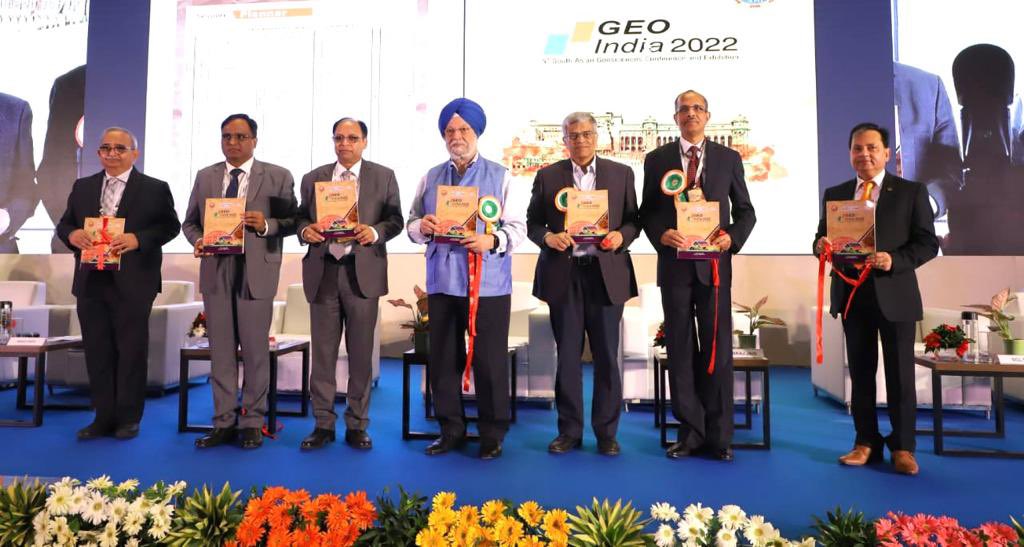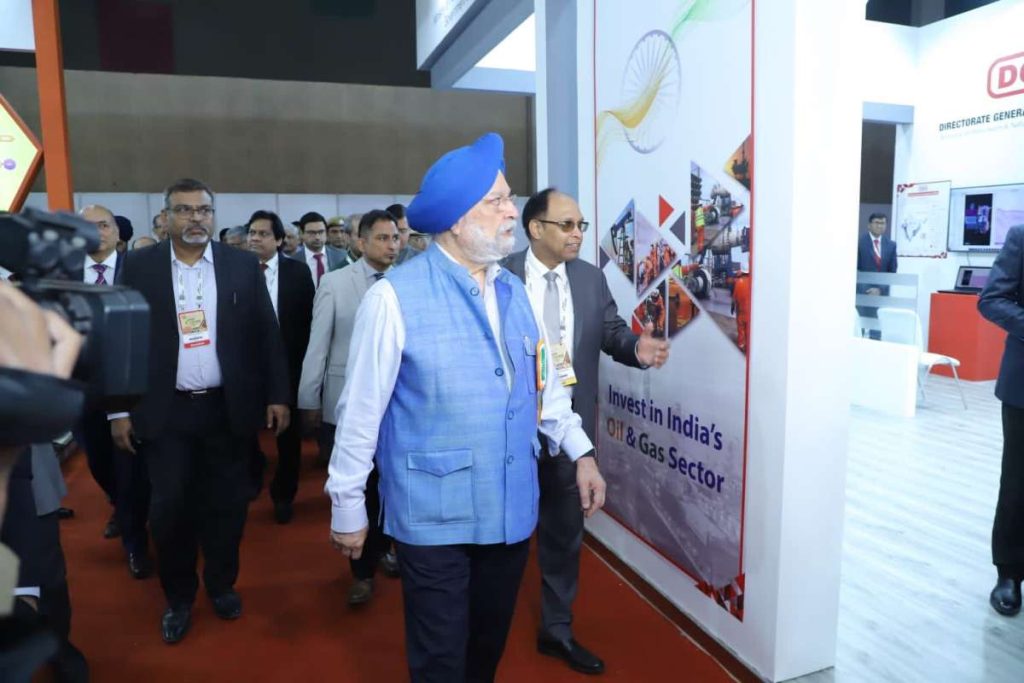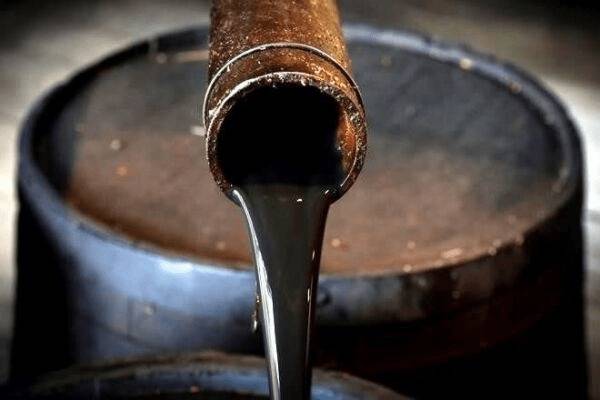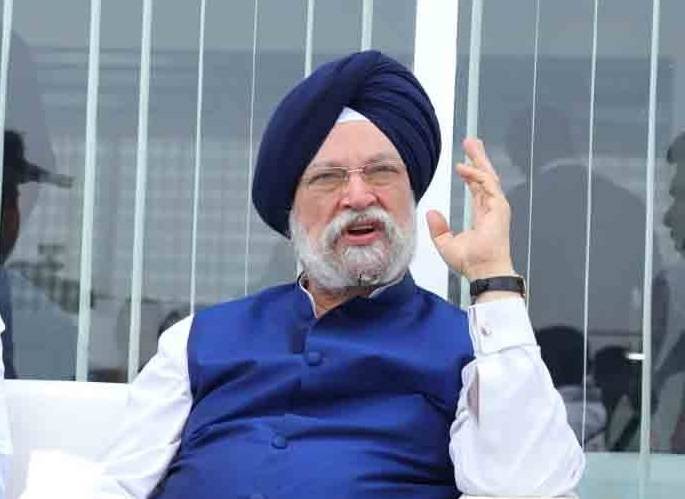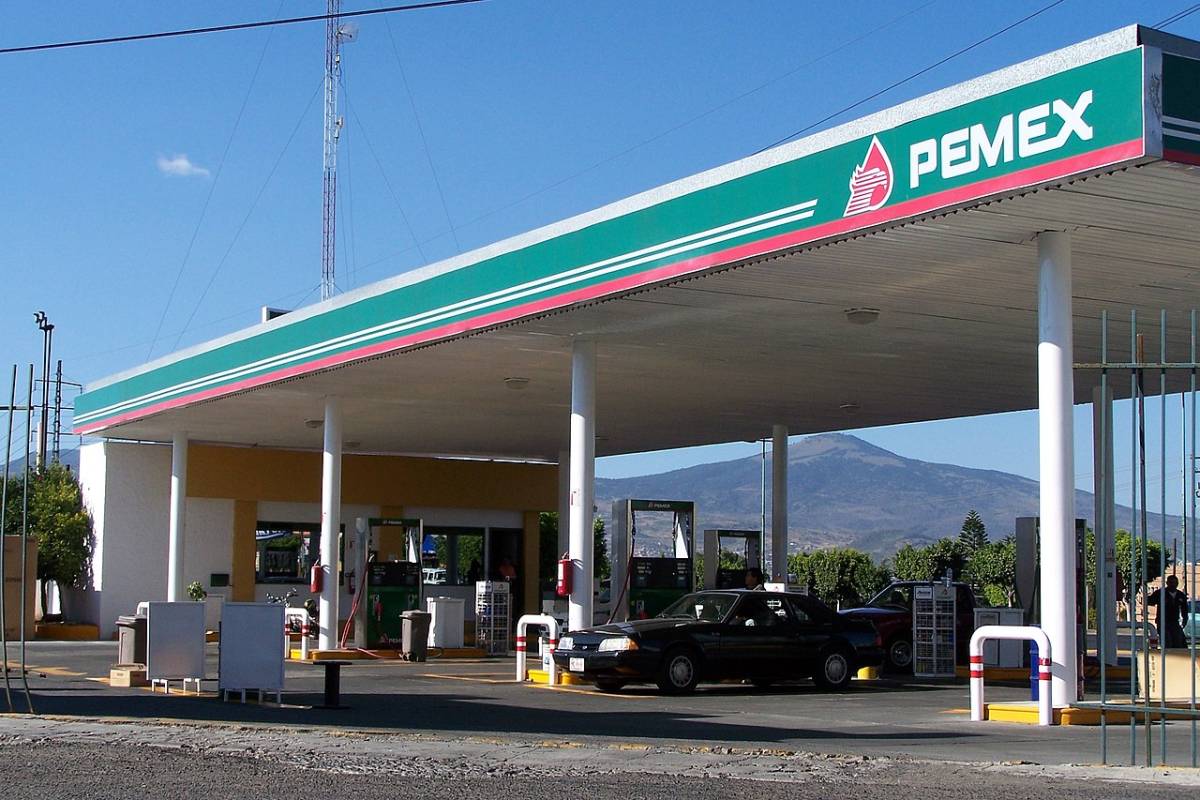The Company’s H1 2023 revenue stood at a AED 38.9 billion (US$10.6 billion) compared to Pro Forma Adjusted Revenue of AED 48.8 billion (US$13.3 billion) in H1 2022, impacted by the pricing environment…reports Asian Lite News
Japan’s crude oil imports from the United Arab Emirates amounted to 25.63 million barrels in June 2023 or 37.4 per cent of total imports, the Natural Resources and Energy Agency of Japan’s Ministry of Economy, Trade and Industry said.
During June, Japan’s total crude oil imports were 68.5 million barrels, of which 66.7 million, or 97.3 per cent, were provided by the UAE, Saudi Arabia, Kuwait, Qatar, and Oman.
Saudi Arabia was the top oil provider to Japan, with 41.4 per cent of total imports in June, making it with the UAE the source of more than three-quarters of Japan’s crude oil needs, which is crucial for the country’s energy security.
Meanwhile, ADNOC Gas today announced its financial results for the three months and six months ended 30th June, 2023 (Q2 2023) and (H1 2023).
The Company’s H1 2023 revenue stood at a AED 38.9 billion (US$10.6 billion) compared to Pro Forma Adjusted Revenue of AED 48.8 billion (US$13.3 billion) in H1 2022, impacted by the pricing environment.
Revenue in Q2 2023 was reported at AED 19.8 billion (US$5.4 billion) compared to Pro Forma Adjusted Revenue of AED 26.1 billion (US$7.1 billion) in Q2 2022. ADNOC Gas maintained high reliability with a 98.9 percent average across its facilities in H1 2023, contributing to a 15 percent increase in production volumes in Q2 2023 over Q1 2023.
ADNOC Gas adapted to lower LPG and Brent crude oil prices in H1 2023 compared to the high pricing environment of H1 2022. The Company strategically shifted towards higher-margin export liquids and focused on increased efficiency. These measures enabled the Company to maintain a flat EBITDA of AED 6.6 billion (US$1.8 billion) and Net Income of AED 3.7 billion (US$1.0 billion) in Q2 2023, demonstrating that ADNOC Gas is a predictable and resilient margin business underpinned by profitable growth.
Ahmed Alebri, Chief Executive Officer of ADNOC Gas, commented, “Our results for the first half of 2023 showcase the resilience and robustness of our business in the current lower price environment compared to the higher prices witnessed in H1 2022. For the period ending June 30th 2023, we delivered a net income of AED 8.4 billion (US$2.3 billion). This performance demonstrates the strength of our business, which was also supported by selling more high-margin export liquids – a strategy that has proven effective.
“We continue to witness long-term structural demand growth for natural gas as a critical fuel for the responsible global energy transition. ADNOC Gas remains fully committed to investing in our people, operations, and markets, and we have continued to invest in our strategic growth opportunities throughout the first half of 2023.
“Our recent signing of significant long-term LNG agreements and our domestic investments demonstrate that we remain ideally positioned to meet both local and international demand, while further decarbonising our operations in line with the UAE’s Net-Zero 2050 ambition, as we continue to deliver value for our shareholders over the longer-term,” he added.
In line with ADNOC Gas’ growth strategy, the Company recently awarded AED 4.2 billion (US$1.34 billion) in contracts for extending its natural gas pipeline to over 3,500 km, serving the Northern Emirates, marking another key milestone for the sales gas pipeline network enhancement (ESTIDAMA) program. This strategic pipeline extension will drive further growth for ADNOC Gas as it continues to provide sustainable gas supplies to customers in support of the UAE’s plan to achieve gas self-sufficiency.
ALSO READ-UAE Ministry explores ways to boost national food security


